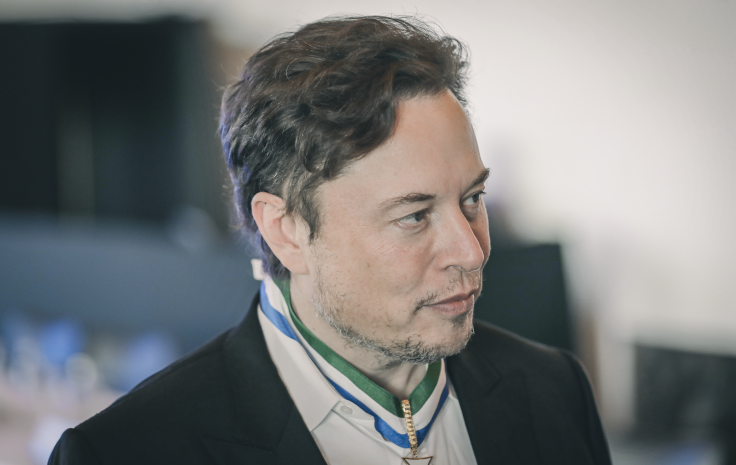Elon Musk Details His Ambitious Plan Of Sending Humans To Mars
The SpaceX founder believes establishing interplanetary travel is crucial before a cataclysmic event happens.

SpaceX founder Elon Musk has again given a glimpse into his ambitious plan to colonise Mars.
Musk revealed his "game plan" in a post on X. He said that he would be sending one million people to Mars. However, he did not give any additional details about the plan. He was responding to a tweet when he made the claims.
"Starship is the largest rocket ever built and it'll take us to Mars," tweeted Tesla Owners Silicon Valley. To this, Musk replied: "We are mapping out a game plan to get a million people to Mars". "Civilization only passes the single-planet Great Filter when Mars can survive even if Earth supply ships stop coming," he added.
Musk claims the ultimate goal of SpaceX is to make interplanetary travel accessible for humanity. He wants to be able to travel to Mars in his lifetime.
In 2011, he said that he would be able to put a man on Mars in the next 10 years. However, in 2022, he said that he sees 2029 as the earliest date humans will be able to travel to Mars.
Musk believes establishing interplanetary travel is crucial before a cataclysmic event happens.
"Civilisation's not looking super strong, it's looking a little rickety right now," he said at the 2020 International Mars Society convention. Other space agencies have also been trying to look for signs of life on the red planet.
NASA has been able to send five robotic vehicles, called rovers, to Mars. These rovers, named Sojourner, Spirit, Opportunity, Curiosity, and Perseverance, have carried out different missions for NASA at different times. These act as robot geologists while they are on the surface of the planet.
Currently, NASA's Curiosity and Perseverance rovers are active on Mars, looking for signs of ancient microbial life on the planet.
Was Mars a habitable planet?
Several studies in the past have revealed that Mars was once a "warm" planet with water on its surface, which may have supported life. Things changed around 3.5 billion years ago, leaving it with a thin atmosphere that made the water evaporate.
In 2022, a study claimed that Mars was once habitable, and the ancient microbes that once lived in its environment caused their extinction themselves.
The study published in the scientific journal Nature Astronomy claimed that it was likely that the microorganisms on the planet lived under its surface 3.7 billion years ago.
It added that these organisms caused their own extinction by depleting their hydrogen, thereby, triggering an ice age on the planet. The experts involved in the study believe that this could have been the first evidence or sign of climate change hitting the planet.
They noted that the early Martian atmosphere was most likely rich in carbon dioxide (CO2) and hydrogen (H2), and the microbes caused the freezing of the planet by releasing methane and gulping down CO2 and H2.
"According to our results, Mars' atmosphere would have been completely changed by biological activity very rapidly, within a few tens or hundreds of thousands of years," said Dr Boris Sauterey, co-author of the research.
"By removing hydrogen from the atmosphere, microbes would have dramatically cooled down the planet's climate," he added.
The researchers added that Mars would have been relatively wet and relatively warm, between minus 10 degrees and 20 degrees Celsius at that time. And that it had water in the form of rivers and lakes on its surface. The planet needed carbon dioxide and hydrogen to keep its environment warm since it is located farther away from the sun.
The planet gradually got colder as those early microbes started devouring hydrogen and producing more methane.
"So, the microbes essentially replaced a more potent warming gas, hydrogen, with a less potent warming gas, methane, which would have had a net cooling effect," Sauterey told Space.com.
© Copyright IBTimes 2025. All rights reserved.






















